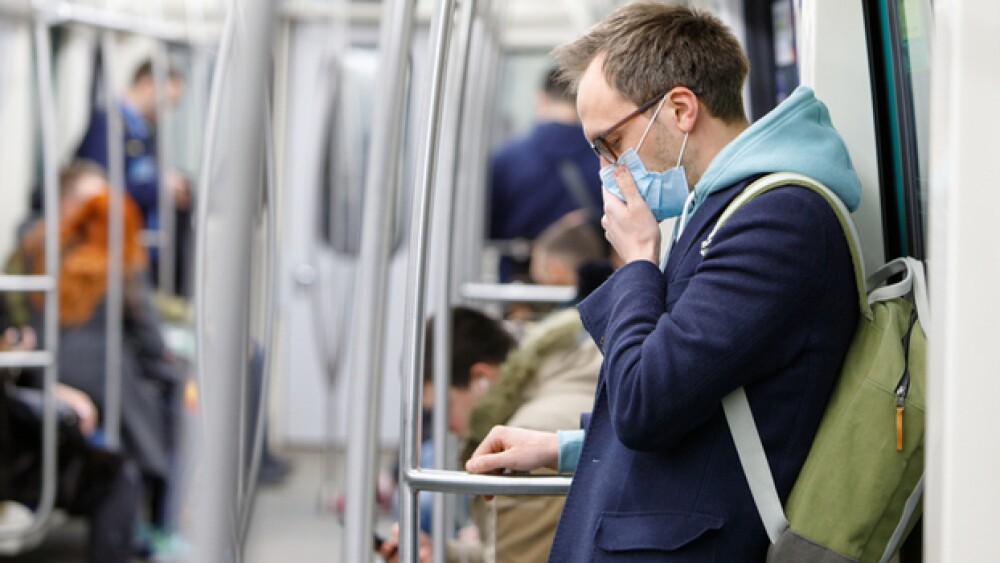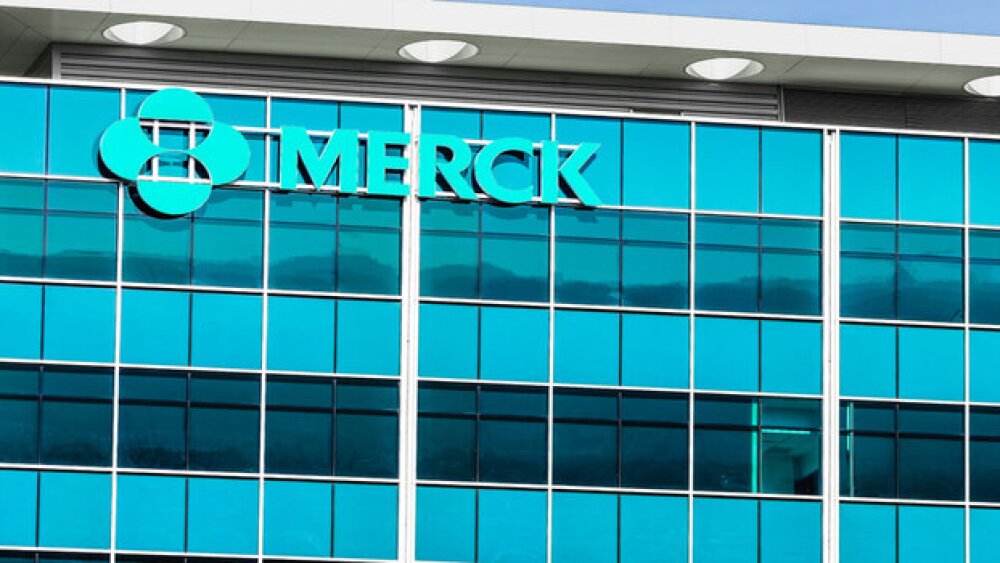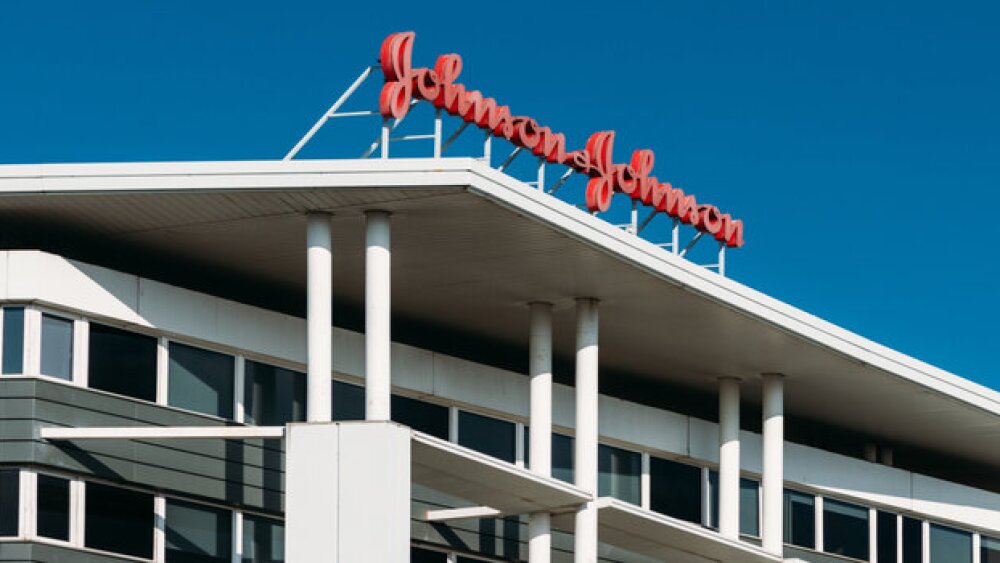The most recent figure for the China coronavirus outbreak is 28,018 confirmed cases with 563 deaths in China. Chinese health authorities indicate 19 foreigners have been infected by the virus. There are reports that a Chinese newborn is the youngest person to become infected. The infant was diagnosed 30 hours after birth, apparently having gotten it from the mother.
The most recent figure for the China coronavirus outbreak is 28,018 confirmed cases with 563 deaths in China. Chinese health authorities indicate 19 foreigners have been infected by the virus. There are reports that a Chinese newborn is the youngest person to become infected. The infant was diagnosed 30 hours after birth, apparently having gotten it from the mother.
“This reminds us to pay attention to mother-to-child being a possible route of coronavirus transmission,” Zeng Lingkong, chief physician of Wuhan Children Hospital’s neonatal medicine department, told Reuters.
The coronavirus, which comes from the same family of viruses as the common cold, SARS and MERS, began in the city of Wuhan, China. It is believed to have originated in bats and made the jump to human beings, possibly at a seafood market in the city. The virus’s genome is very similar to the SARS virus. It is an airborne virus, although it does not appear to survive long outside the body or on surfaces and remain infectious. It seems to require close contact or exposure to droplets, such as coughing or sneezing, from someone who is infected. However, there are some signs that it can be transmitted prior to symptoms occurring. It causes flu-like symptoms that in some cases become pneumonia.
Yesterday, it was reported that the Wuhan Institute of Virology, part of the China Academy of Sciences, has applied to patent the use of Gilead Sciences’ remdesivir to treat the current coronavirus outbreak.
The company has partnered with Chinese health authorities to run a Phase III clinical trial to assess remdesivir for treatment of the virus. The drug was originally developed to treat the Ebola virus, but wasn’t effective. Preclinical assays have suggested that the drug might be effective against the coronavirus, 2019-nCoV.
The Wuhan Institute submitted the patent application jointly with the Military Medicine Institute of the People’s Liberation Army Academy of Military Science. Researchers with both organizations noted in a paper published in Nature’s Cell Research this week that both remdesivir and chloroquine, used to treat malaria, may be effective in stalling the coronavirus.
China can manufacture chloroquine, but wants permission to access remdesivir. They have the option of a compulsory license under national emergency legislation, but the country is apparently being sensitive to accusations over the country’s problems with international intellectual property rights.
Gilead is presently shipping enough doses of the drug to China to treat 500 patients and is increasing its supply in case the clinical trials are effective.
As the virus continues to spread in China, many people are trying home remedies, various HIV drugs and unauthorized importers. Reuters reports that there has been a rush on AbbVie’s Kaletra/Aluvia, an off-patent version of lopinavir/ritonavir, which is the only version of the HIV drug approved for sale in China.
Although more than 28,000 cases have been confirmed in China, there is a shortage of test kits, which makes many suspect the numbers are much higher.
Within the country, there’s both a black market of Kaletra and what is dubbed a “gray market,” which is to say, illegally imported versions from other countries, such as India. It’s a booming business, with the price for a 60-pill bottle’s rising from about 100 yuan to 300 to 400 yuan and in some reports, as high as 1,000 and 5,000 yuan ($142-$714) for 120 pills.
“Basically the patients reaching out to me were those who have no place for treatment, no place where they can confirm 100% if they have or not have the virus,” said Gatbsy Fang, a Chinese cross-border buying agent. “That’s the core of the problem.”
The World Health Organization (WHO) has warned there are “no known effective” treatments.
There is also a bump in demand for traditional Chinese medicines. In addition, despite experts questioning their effectiveness in preventing the spread of the virus, face masks are being used by both medical staff and the general population. However, the demand is so high, Chinese authorities have requested other countries to provide supplies because they are running out. Normally, China manufactures about 20 million masks daily, but that recently dropped to 10 million because of the Chinese New Year holiday and now the impact of the virus.
Meanwhile, researchers are working hard to develop vaccines and possible therapies. A vaccine is likely three months away from being developed and easily a year or longer before it could be made available to the public.
Other companies are fast-tracking synthetic biology to develop vaccines or possible treatments. For example, Distributed Bio is developing Centivax, a universal vaccine using computational approaches. GenScript is offering researchers free access to its coronavirus test. Inovio Pharmaceuticals received a $9 million grant from the Coalition for Epidemic Preparedness Innovations (CEPI) to develop a vaccine. Moderna is working with the National Institute of Allergy and Infectious Diseases (NIAID) on a vaccine. Mammoth Biosciences partnered with UC San Francisco to develop a diagnostic test for the virus. Sherlock Biosciences is developing a fast assay for coronavirus detection. AbCellera is working to identify antibodies against the virus that could be used as a therapeutic. Integrated DNA Technologies is working on both diagnostic tests and vaccines.
Although there’s no evidence the spread of the virus is slowing, there are hopes that the spread will peter out or get under control before any of these vaccines or therapies are approved.





